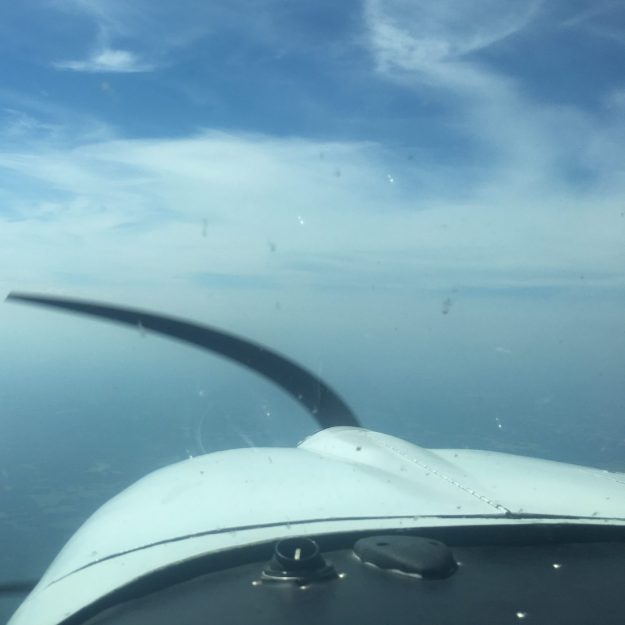

Grumman Parts
- 2915 Preston Mill Road, Huddleston, Virginia, United States (US)
- 540-309-6427
- jeff.johnson@impulsionunlimited.com
-
4.92 rating from 13 reviewsRated 4.92 out of 5 based on 13 customer ratings
-
Store is open
Weekly Store Timing
MondayCLOSED 8:00 am - 4:30 pmTuesdayCLOSED 8:00 am - 4:30 pmWednesdayCLOSED 8:00 am - 4:30 pmThursdayCLOSED 8:00 am - 4:30 pmFridayCLOSED 8:00 am - 4:30 pmSaturdayCLOSED 8:00 am - 10:00 amSundayCLOSED

John H. –
Did my preorder through Jeff. He kept me up to date about shipping from the factory and I got my HSI before my buddy did - who ordered from a different source!
Terry –
Michael Friday (Guest) –
If you have AV-30C, add the AV-LINK! The link makes AV-30C software updates a breezy.
Kevin F. –
Kyle Nelson –
Kyle Nelson –
Matthew D. –
mike adams –
Have yet to install but video reviews have me excited
Stewart Ellis (Guest) –
Stewart Ellis (Guest) –
Anonymous (Guest) –
Richard Colesanti (Guest) –
Les Staples AP/IA (Guest) –
From: Les Staples Subject: SureFly Electronic Ignition Date: September 1, 2021 at 6:41:01 PM EDT To: grumman-gang@grumman.net Cc: Jason Hutchinson , Richard Condy Gang, I am Les Staples. I am an A&P IA, have owned an AA5A since 1994, was a partner in an AA5B from 1990 until I bought the Cheetah and flew AA5s prior to that (back to 1973). I am currently VP of GOPA (formerly AYA). Until a few years ago, I was the president and chief development officer of Sky-Tec starters and a partner in Plane-Power alternators and regulators. I am currently a limited partner in SureFly Partners, Ltd. and was involved from the first in the electronic ignition development and certification. So much for who I am. A lot of you know me. I have been made aware of some non-factual information about the SureFly Ignition Modules (SIMs) that is being passed around by some participants on this forum. I want to set the record straight, addressing all of the BS I am receiving. Here it is, I'm opening the kimono. First, the SureFly electronic ignition modules (SIMs) were completely designed and developedby the partners of SureFly Partners, Ltd., most of which were previously employees of Sky-Tec or Plane-Power. SureFly Partners, Ltd. presented early models to Lycoming who partnered with us to finalize the feature set they desired. Lycoming was kind enough to provide on-engine test cell data to aid us in development and certification. What was to become the initial production 4 cylinder and 6 cylinder SIMs was presented along with design data and laboratory test data to the Chicago FAA Aircraft Certification Office (ACO) and, after a couple of years of additional ground and flight test demonstrations, the ACO granted SureFly two STCs, one for engine and one for airframe. SureFly built, and continues to build, specially configured SIMs for Lycoming. They are black. SureFly branded units are blue. Lycoming presented the SureFly approved data to the New York ACO and was granted permission to add these SIMs as approved ignition modules on Lycoming engines per a Service Instruction (It's nice to be the TC holder). As part of certification, SureFly put the SIMs through rigorous DO-160 testing by independent laboratories for voltage, temperature, humidity, shock, vibration, radiated and conducted emissions, lightning immunity and everything else the ACO could think of. As with any new product, issues have arisen and SureFly has worked to fix them. That isn't quick with an FAA-certified product. Every change has to be approved by the ACO! So, here are the issues that we have seen: 1. Hesitation or backfire during mag check. a. Cause - The SIM takes time to start up after the P-lead is ungrounded and some key switches actually ground out both ignitions during the transition. First Fix - Reduce the speed at which the key is moved. This eliminates 90% of the problems. Second Fix - Rev D of the SIM4 (current production) reduces the startup time. This seems to pretty much eliminate the problem but hesitation & backfire is stilla possibility. 2. Missing (rough running) on some 24V aircraft (a small minority but a real problem). a. Cause 1 (yep, more than one problem!) - Spikes over 35.7V on input power. First Fix - PC17 power conditioner was FAA approved as an installation aid to insert between aircraft electrical system and SIM power input. This totally fixed the problem Second Fix - Rev D SIM allows for higher input voltage and fixed this problem. b. Cause 2 (now we find this one!) - With high input voltage (>24V), a very efficient coil in the SIM and narrow plug gap, a spark can be developed during the coil charging rather than only at coil discharge. This is the wrong time to fire! First Fix - Gap the plugs to > .022 seems to fix this problem in most cases. Second Fix - Install a PC17 power conditioner between the aircraft battery and SIM power input. This totally fixes the problem. Rev D SIM did not address this problem. 3. Missing (rough running) on both 12V and 24V aircraft with ACS blue harnesses. a. Cause - the harness breaks down with high plug voltage. Fix - Replace any ACS blue harnesses with something else (Champion, Kelly, Maggie, etc.) 4. Rough running and high cylinder temperatures. a. Cause - Timing on installation. Fix - Time the SIM at 0 degrees BTDC. READ THE INSTALLATION INSTRUCTIONS! Now, if I missed any other problems you know of or have heard of, LET ME KNOW. I'll tell you what I know and only what I know. I'll try to help. Les Staples A&P IA AA5A N9849U